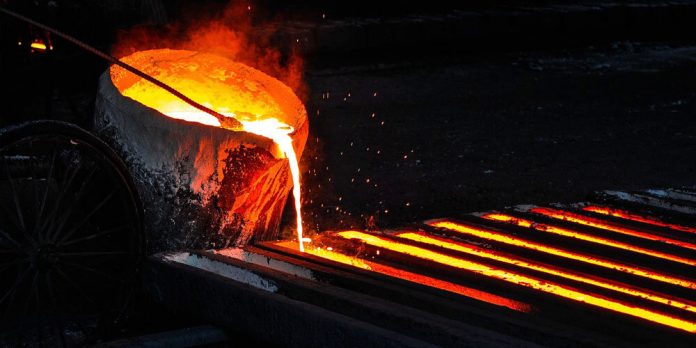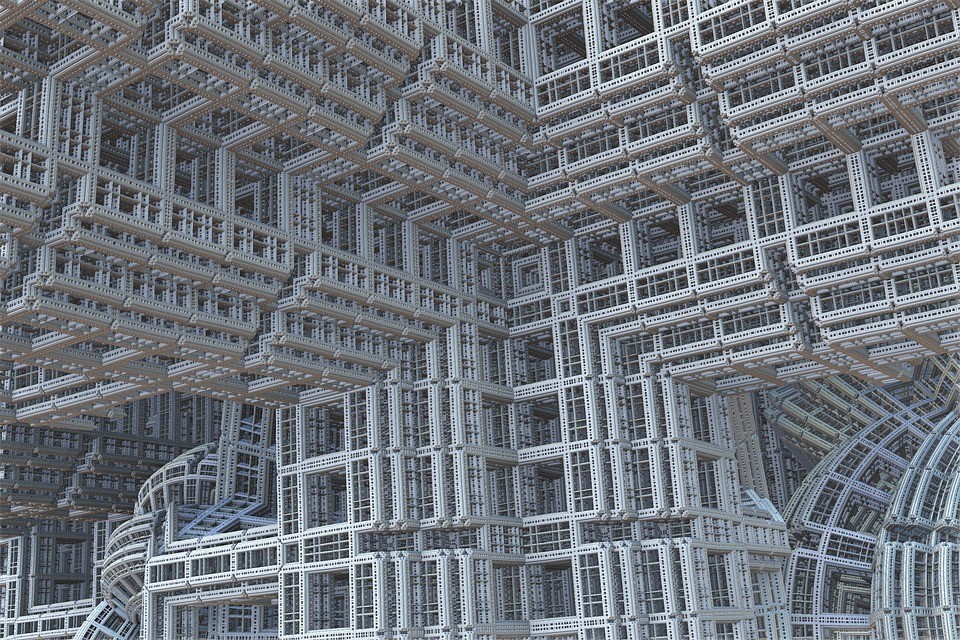Metal casting, a technique that dates back almost 6000 years, is an even more important process in today’s world. In earlier times, it was widely used for sword and armor making, while presently, it aids in the production of high-quality metals for a variety of applications.
A modern technique with its roots in ancient civilizations, this method uses a mold cavity that is filled with metal in its molten state. The interior of the casting utensil is imprinted with the desired product shape so when the liquid metal is cooled off, it solidifies in the particular design.
The Process of Metal Casting
The process may sound quite uncomplicated, but in reality, it involves various complex stages. Even then, these stages may differ from company to company.
The first and foremost step is pattern making. This is done using wood, wax, plaster, or plastic. The pattern is the exact copy you’d want your end product to look like. When the casting is hollow, a solid piece of sand or metal is placed inside the cavity, shaping an internal form. The function of the core is to prevent the metal from filling up the entire space.
The next step is the mold-making process, which can be done in numerous ways. Both the patterns and cores combine to produce this mold. For making molds out of the sand, the exterior is applied with a sand mixture, while for metal molds, a CNC machine is used. After that, the mold is filled with liquid metal. The step can be carried out either under high pressure or using gravity as a pulling force and then left to solidify.
Once the casting inside the mold hardens, it’s a signal to be removed. There are two different ways for this to be done as the molding is of two types as well. For sand casting, the mold is destroyed to take out the required casting part. Whereas, metal molds can be pulled apart and stay useful for the next batch.
In the final step, the cast object is removed from the mold and any rough edges are wiped off.
Types of Metal Casting
Metal castings can be initially classified as expendable and permanent mold castings. These are further divided depending upon the material used in their production. Die casting is a technique in which molten metal is poured into the molding cavity (of steel molds called dies) under high pressure. The dies are meticulously designed to ensure maximum precision in the finished product.
Gravity casting, on the other hand, allows gravity to evenly distribute the molten metal in the mold.
Another method includes investment casting, during which a wax pattern is created around which a heat-resistant material is poured. The wax is later melted and removed while the layer surrounding it acts as a mold for the liquid metal to create a casting.
Lastly, sand casting requires sand to be poured into a flask along with some bonding material. This way, a sand mold is produced into which the liquid metal is poured, producing a casting.
There are several other methods of casting metal, depending upon the characteristics you need in the final product. This centuries-old technique allows for the production of large metal parts for heavy machinery with excellent quality, which would have been nearly impossible otherwise.









